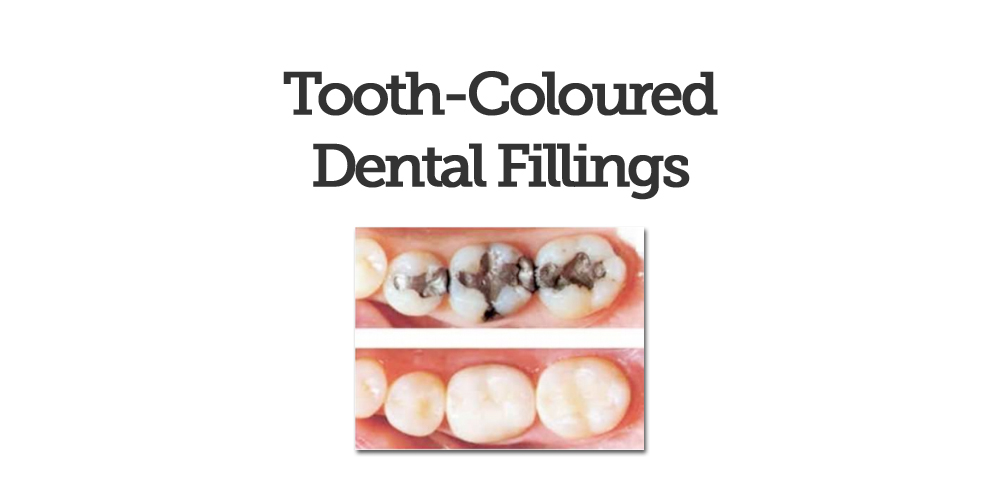Many of our patients are very mindful of their whole body health. They are knowledgeable and aware of exactly what goes in or what goes on their body. Nothing happens by accident as to the foods they eat, the clothes or cosmetics they wear, the exercise they partake in and even where they shop.
So, inevitably, when the topic of tooth-coloured fillings to replace their old mercury fillings comes up, they may have a lot of questions. Rightfully so because, just as there is a wide variety of techniques used by dentists to remove those old mercury fillings, the types of tooth-coloured fillings placed in modern day dentistry vary considerably. This is especially a concern for our patients who have known or suspected biocompatibility issues to dental or other materials.
Tooth-coloured fillings or composite fillings, as they are known in dentistry, are just one of the few options available to restore teeth previously filled with mercury fillings. There is, of course, the option of placing yet another mercury filling but there are still other options such as placing a gold, ceramic (porcelain), or glass ionomer filling, to name a few.
Many patients choose the composite type of filling because the white colour best matches the tooth itself and the cost for placing these fillings is considered moderate. Also, these composite fillings do not contain mercury which is a desirable quality being realized by more and more Canadians every day. In addition, a recent scientific research study involving over 76000 patients showed that composite fillings had a much longer lifespan than the earlier style mercury fillings1.
But, are all white, tooth-coloured or composite fillings created equal? Essentially… NO.
Composite fillings are a concern for some people because many of them contain that controversial material BPA (bisphenol-A) or other types of bisphenol such as Bis-GMA and Bis-DMA. BPA, by any name, is a concern for some over fears that it interferes or mimics hormones which make up one’s endocrine system. Still others feel that it impairs psychosocial functions in children2. You may be aware that the FDA (2012) imposed a strict ban on BPA in baby bottles, “sippy” cups and infant formula packaging over these very same concerns3.
As composite fillings age and wear down, a process known as “leaching” occurs where, in effect, free BPA is released into the saliva. Even though no studies exist that measure the amounts of BPA released from those composite fillings, for most people any BPA exposure is concerning.
Patients who are concerned about the ingredients in any dental material (or the safety of the dental materials we ourselves use at Speedvale Dental Centre) should seek out the opinion of Dr. Fox prior to initiating treatment. For those patients with a suspected dental material compatibility issue we have sophisticated testing techniques available at our office to aid in finding out more information on that very subject.

References:
1. Longevity of Direct Restorations in Dutch Dental Practices
2. Dental Composite Restorations and Psychosocial Function in Children

